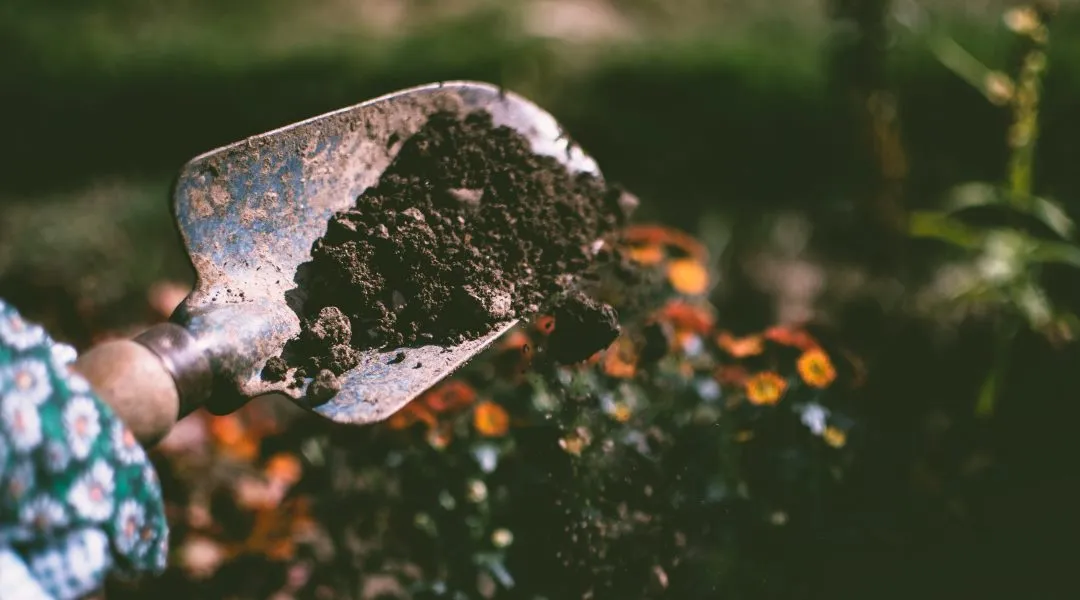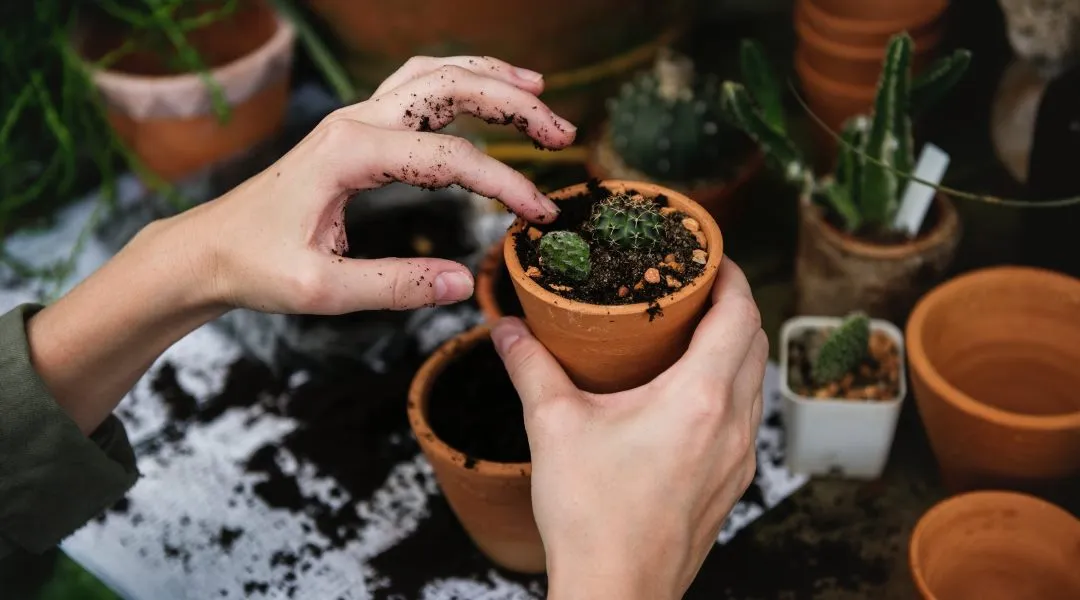There are some simple – and budget friendly - steps to take that can help you make your own green garden, as BBC Gardeners' World presenter, Mark Lane, explains to us here...
1
Mix it up
You don't want a garden that’s filled with lots of the same plant - instead, mix things up by having lots of different varieties. This has two benefits - you increase the biodiversity, while also welcoming more wildlife into your garden.
There's a cheap way of achieving this. Either get to know your neighbours or ask your friends and family about whether you can share plants and cuttings with them. Then, divide the plants and move them to their new location. This will set you on your way to creating a new garden that's full of nature for less than £20.

2
Water matters
If you have an accessible downpipe, try sticking a water butt on it. There are a wide variety of options to choose from – you might prefer a slim-line version to suit a smaller area, or may prefer a more rustic, cottage-style barrel. While these cost, you will save on the water bills.
3
Waste not, want not
Instead of forking out on compost, try making your own.
Compost bins and heaps need both oxygen and nitrogen if they're going to work well, so make sure you get the balance spot on - enough browns (dry materials, woody stalks, cardboard and similar) and greens (kitchen and garden waste, grass cuttings and similar).
Alternatively, so long as you have the space, you could buy some peat-free compost by a tonne bag or get it dropped as pile on your driveway. In such a case, it's worth buying in larger qualities, as it works out far cheaper.

4
Spray no more
Using pesticides, herbicides and fungicides will all pose a threat to pollinators, insects, birds and wild mammals. Did you know that over 98 per cent of sprayed insecticides and 95 per cent of herbicides will end up somewhere else other than their target species? So, do your bit.
You can save money on these sprays by trying companion planting to distract pests, or alternatively, grow nectar-rich plants to attract the more beneficial pollinators and predators, while also picking off any pests you don't want.
Also, don't be afraid of mess. Leaving seed-heads and stalks on certain plants - in particular Rudbeckia (coneflowers), Asters, Echinacea, Echinops (glove thistle) and Eryngium (sea holly) will provide food and a space for sleeping for beneficial insects.
5
Pop up pond
The size of a pond really doesn't matter. Something like an upturned bin lid, a bath, a sink, or a half barrel can all provide you with great ways of creating your own area.
Do you know someone with a pond? Well, simply ask them if you can take a bucket of their pondwater (take care to avoid frog spawn - if you move this, it can spread amphibian diseases). This will already be full of life, perfect for your pond, and has the additional benefit of being free! Then, top this up with water, and add something for animals to hold onto, be it a pebble beach or old roof tiles. As a final touch, add some marginal plants and water plants - then, watch the wildlife flock in.
Lead images courtesy of Mark Lane
